Home>Gardening & Outdoor>Landscaping Ideas>What Does Iron Do To Grass
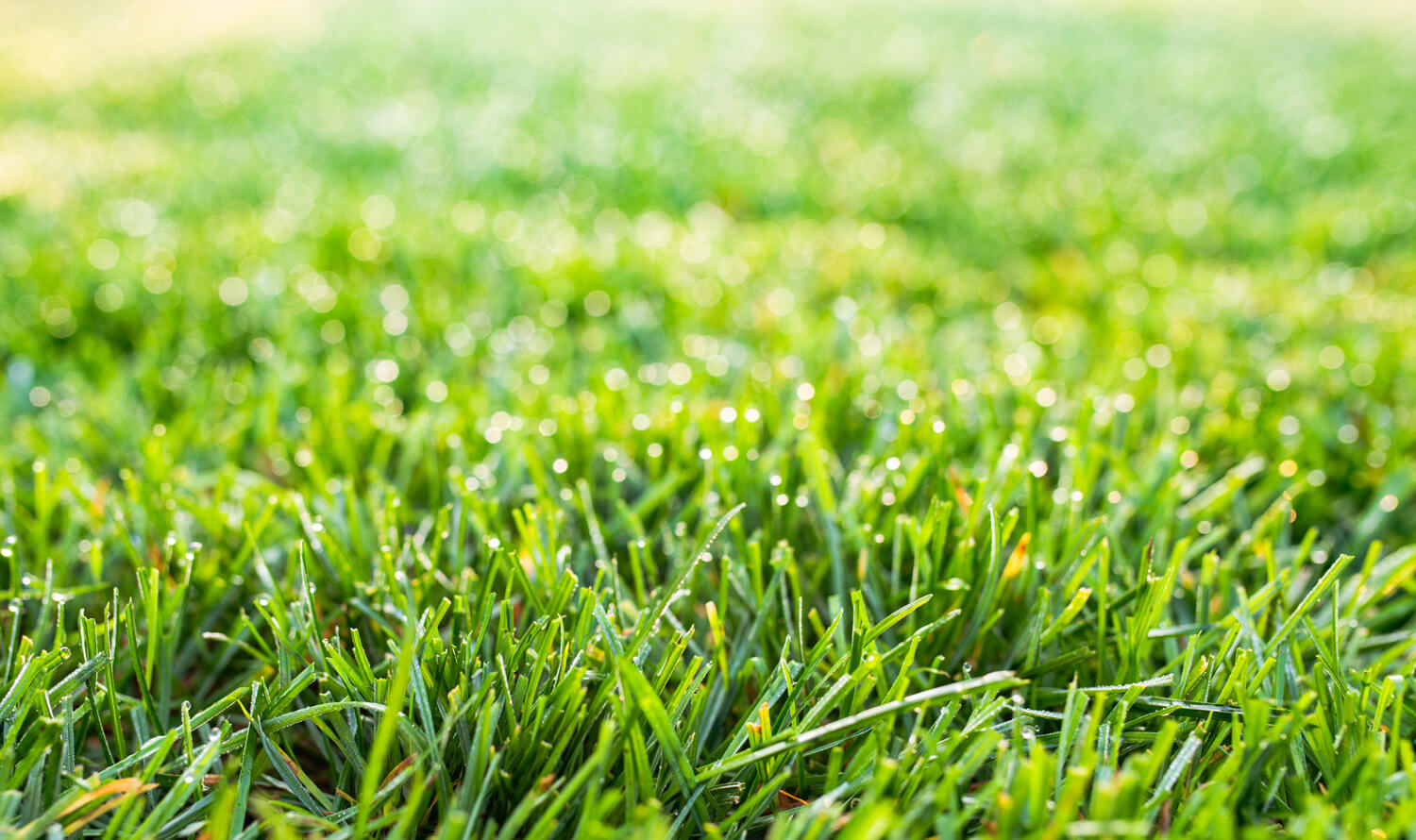

Landscaping Ideas
What Does Iron Do To Grass
Published: January 26, 2024
Discover how iron affects grass and get landscaping ideas to maintain a healthy lawn. Learn how to improve your yard with our expert tips and advice.
(Many of the links in this article redirect to a specific reviewed product. Your purchase of these products through affiliate links helps to generate commission for Storables.com, at no extra cost. Learn more)
Introduction
When it comes to maintaining a lush and vibrant lawn, the role of essential nutrients cannot be overstated. Among these vital elements, iron stands out as a key player in promoting the health and growth of grass. Understanding the impact of iron on grass can provide valuable insights into nurturing a thriving lawn that is the envy of the neighborhood.
In this article, we will delve into the significance of iron for grass, explore the repercussions of iron deficiency, and uncover the effects of iron on grass growth. Additionally, we will discuss various methods for providing iron to grass, equipping you with the knowledge to cultivate a verdant and resilient lawn.
Join us on this journey through the world of landscaping and discover the wonders of iron in transforming your grass into a lush, green carpet that beckons bare feet and outdoor enjoyment.
Key Takeaways:
- Iron is like a superhero for grass, helping it stay green and healthy by making chlorophyll, providing energy, and strengthening its defenses against pests and stress.
- If your grass looks yellow and weak, it might need more iron. You can give it iron through soil amendments, sprays, or natural methods like compost to help it grow strong and vibrant.
Read more: What Does Seagrass Do
Importance of Iron for Grass
Iron plays a crucial role in the overall health and appearance of grass. As an essential micronutrient, it is involved in several key physiological processes that directly impact the vigor and color of grass blades. One of the primary functions of iron in grass is its involvement in chlorophyll production. Chlorophyll, the pigment responsible for the green color of plants, is vital for photosynthesis, the process through which plants convert light energy into chemical energy. Adequate iron levels are essential for the synthesis of chlorophyll, enabling grass to harness sunlight and produce carbohydrates for growth and development.
Furthermore, iron aids in the transfer of electrons during photosynthesis and respiration, contributing to energy production within the grass blades. This energy is indispensable for various metabolic activities, including the synthesis of proteins, enzymes, and other essential compounds that support overall plant health and resilience.
Moreover, iron plays a pivotal role in nitrogen metabolism, facilitating the efficient utilization of nitrogen by grass. Nitrogen is a primary component of amino acids, the building blocks of proteins. By optimizing nitrogen uptake and utilization, iron ensures that grass can efficiently synthesize proteins, promoting robust cell structure and healthy growth.
Additionally, iron contributes to the activation of enzymes involved in the detoxification of harmful by-products within the plant, bolstering its defense mechanisms against environmental stressors and pathogens. This fortification of the grass’s natural defenses is essential for withstanding adverse conditions and maintaining optimal health and appearance.
Overall, the presence of adequate iron in the soil directly influences the lushness, vibrancy, and resilience of grass. A deficiency in iron can lead to visible signs of stress and weakness in grass, underscoring the indispensable role of this micronutrient in sustaining a thriving lawn.
Iron Deficiency in Grass
Iron deficiency in grass can manifest in various telltale signs that signal the plant’s struggle to obtain an adequate supply of this essential micronutrient. One of the most recognizable symptoms of iron deficiency is the development of chlorosis, a condition characterized by the yellowing of the grass blades while the veins retain their green color. This distinct pattern of discoloration reflects the diminished chlorophyll levels resulting from insufficient iron, impairing the grass’s ability to carry out photosynthesis effectively.
Furthermore, iron-deficient grass often exhibits stunted growth and reduced vigor. The lack of iron hinders the plant’s capacity to produce essential enzymes and proteins, leading to weakened cellular processes and overall diminished vitality. As a consequence, the grass may appear lackluster, with a diminished capacity to recover from stressors such as mowing, foot traffic, or environmental fluctuations.
In addition to visual cues, iron deficiency can also render grass more susceptible to environmental stress and pest infestations. Weakened by the lack of iron, the grass may struggle to fend off diseases and pests, making it more prone to damage and deterioration.
Soil conditions and environmental factors can contribute to the onset of iron deficiency in grass. Alkaline soils, characterized by high pH levels, often impede the availability of iron to plants, leading to potential deficiencies. Compacted or waterlogged soils can also hinder the uptake of iron by grass roots, exacerbating the risk of deficiency.
Recognizing the symptoms of iron deficiency in grass is crucial for implementing targeted interventions to restore the plant’s health and vibrancy. By addressing iron deficiencies promptly, lawn enthusiasts can revitalize their grass and ensure its resilience in the face of environmental challenges.
Effects of Iron on Grass Growth
The influence of iron on grass growth is profound, exerting a multifaceted impact on the plant’s development, resilience, and visual appeal. Adequate iron levels are instrumental in fostering robust and vigorous grass growth, contributing to a verdant and luxuriant lawn.
First and foremost, iron is indispensable for chlorophyll synthesis, the process through which grass harnesses sunlight to produce energy. By promoting the efficient production of chlorophyll, iron facilitates vigorous photosynthesis, enabling the grass to generate the energy necessary for growth, repair, and reproduction. This pivotal role of iron in photosynthesis underscores its significance in sustaining the lush green hue and overall vitality of grass.
Moreover, iron plays a pivotal role in enhancing the grass’s resilience to environmental stressors. A well-nourished grass, fortified with adequate iron, is better equipped to withstand challenges such as drought, heat, and foot traffic. By bolstering the plant’s natural defenses and metabolic processes, iron contributes to the grass’s ability to recover from stress and maintain its vigor and visual appeal.
Furthermore, the presence of sufficient iron in the soil promotes healthy root development in grass. Strong and robust roots are essential for optimal nutrient uptake, water absorption, and structural support, laying the foundation for vigorous and resilient grass growth. Iron facilitates the synthesis of enzymes and proteins crucial for root development, ensuring that the grass can establish a strong and extensive root system.
Additionally, iron contributes to the efficient utilization of nitrogen by grass, fostering the synthesis of proteins and enzymes essential for growth and cellular function. This optimal utilization of nitrogen, facilitated by adequate iron levels, supports the grass’s capacity to produce new tissues, repair damage, and maintain overall vigor.
Overall, the effects of iron on grass growth are far-reaching, encompassing the plant’s physiological processes, resilience, and aesthetic appeal. By recognizing and addressing the importance of iron in promoting robust grass growth, lawn enthusiasts can cultivate a verdant and resilient lawn that serves as a testament to the transformative power of this essential micronutrient.
Methods of Providing Iron to Grass
Ensuring that grass receives an adequate supply of iron is essential for maintaining its health and vibrancy. Several effective methods can be employed to provide iron to grass, addressing deficiencies and promoting robust growth. These methods encompass both soil-based interventions and foliar applications, offering lawn enthusiasts a range of options to fortify their grass with this vital micronutrient.
Read more: What Does Sweetgrass Do
Soil Amendments
Amending the soil with iron-based products is a fundamental approach to addressing iron deficiencies in grass. Iron sulfate, a water-soluble form of iron, can be applied to the soil to boost iron levels and promote vibrant grass growth. This amendment is particularly effective in alkaline soils, where iron availability to plants may be limited. Incorporating iron sulfate into the soil can enhance the grass’s access to this essential micronutrient, revitalizing its color and vigor.
Chelated Iron Products
Chelated iron products offer a highly effective means of providing iron to grass, especially in instances where rapid correction of iron deficiencies is desired. Chelated iron is formulated to remain available to plants over an extended period, ensuring sustained uptake and utilization. These products can be applied to the soil or directly to the grass, offering a versatile and potent solution for fortifying the lawn with iron.
Foliar Sprays
Foliar sprays represent a targeted and expedient method of delivering iron to grass, particularly when immediate correction of iron deficiencies is warranted. Iron chelate or iron sulfate solutions can be applied directly to the grass blades, facilitating rapid absorption and utilization. Foliar sprays are particularly beneficial in situations where soil conditions impede the uptake of iron by grass roots, providing a direct route for delivering this essential nutrient to the plant.
Organic Amendments
For those seeking natural and organic approaches to providing iron to grass, organic amendments can offer a sustainable solution. Organic matter rich in iron, such as compost or well-decomposed manure, can be incorporated into the soil to enhance iron availability to grass. This method not only addresses iron deficiencies but also contributes to the overall soil health and fertility, fostering a conducive environment for robust grass growth.
By employing these methods of providing iron to grass, lawn enthusiasts can effectively address iron deficiencies and promote the lushness and vibrancy of their lawns. Understanding the diverse approaches to fortifying grass with iron empowers individuals to nurture resilient and visually captivating landscapes that thrive under their care.
Applying iron to grass can help improve its green color and overall health. However, it’s important to follow the recommended application rates to avoid damaging the grass.
Read more: What Does Landscaping Do
Conclusion
The role of iron in shaping the health and vibrancy of grass is undeniably profound, underscoring its significance as a vital micronutrient in the realm of landscaping and lawn care. From fostering the synthesis of chlorophyll to fortifying the grass’s resilience and growth, iron exerts a far-reaching influence on the vitality and visual appeal of lawns.
Understanding the importance of iron for grass equips lawn enthusiasts with the knowledge to recognize and address iron deficiencies, thereby revitalizing their lawns and ensuring their enduring lushness. By identifying the symptoms of iron deficiency and implementing targeted interventions, individuals can transform lackluster and stressed grass into luxuriant carpets that beckon outdoor enjoyment and admiration.
Exploring the multifaceted effects of iron on grass growth illuminates the pivotal role of this micronutrient in sustaining robust and resilient landscapes. From promoting vigorous photosynthesis to enhancing root development and nutrient utilization, iron shapes the very fabric of grass growth, contributing to its lushness, vigor, and capacity to withstand environmental challenges.
Moreover, the diverse methods of providing iron to grass offer a spectrum of interventions, catering to various lawn care preferences and needs. Whether through soil amendments, foliar sprays, or organic approaches, individuals can fortify their grass with iron, ensuring its sustained health and vibrancy. This array of options empowers lawn enthusiasts to nurture thriving lawns that reflect the transformative power of this essential micronutrient.
In essence, the wonders of iron in transforming grass into a verdant and resilient landscape are a testament to the intricate interplay between essential nutrients and the natural world. By embracing the significance of iron for grass and harnessing its potential through targeted interventions, individuals can cultivate landscapes that embody the beauty and vitality of a well-nourished lawn.
As we traverse the realm of landscaping and lawn care, let us embrace the transformative power of iron and its role in shaping the lush, green canvases that invite leisure and delight. Through our understanding and stewardship, we can ensure that grass flourishes as a testament to the enduring allure of nature’s vibrant tapestry.
Frequently Asked Questions about What Does Iron Do To Grass
Was this page helpful?
At Storables.com, we guarantee accurate and reliable information. Our content, validated by Expert Board Contributors, is crafted following stringent Editorial Policies. We're committed to providing you with well-researched, expert-backed insights for all your informational needs.
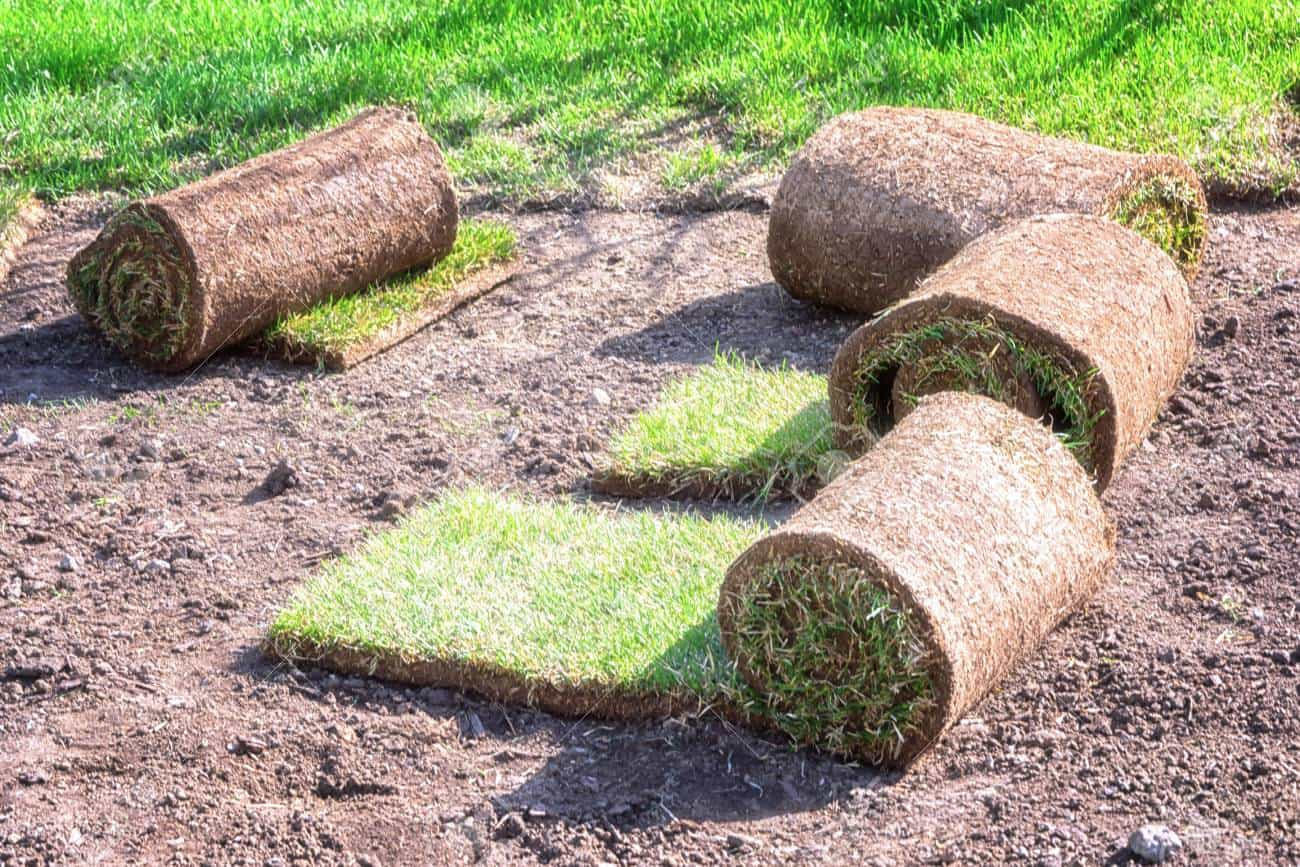
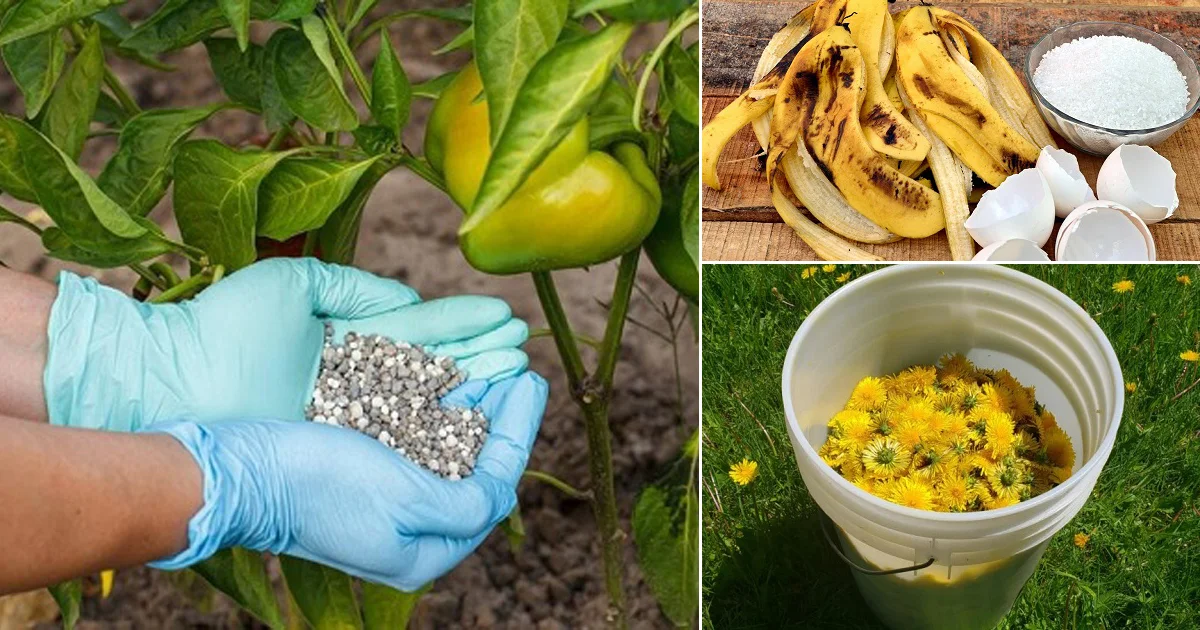
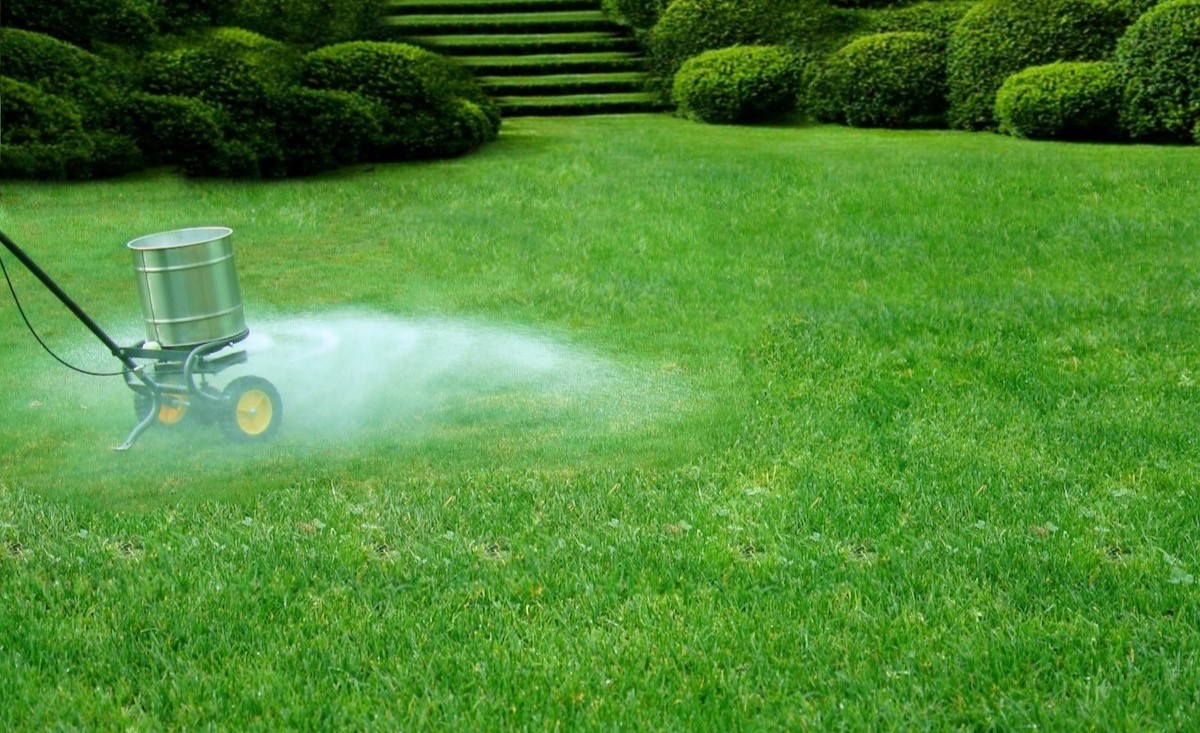
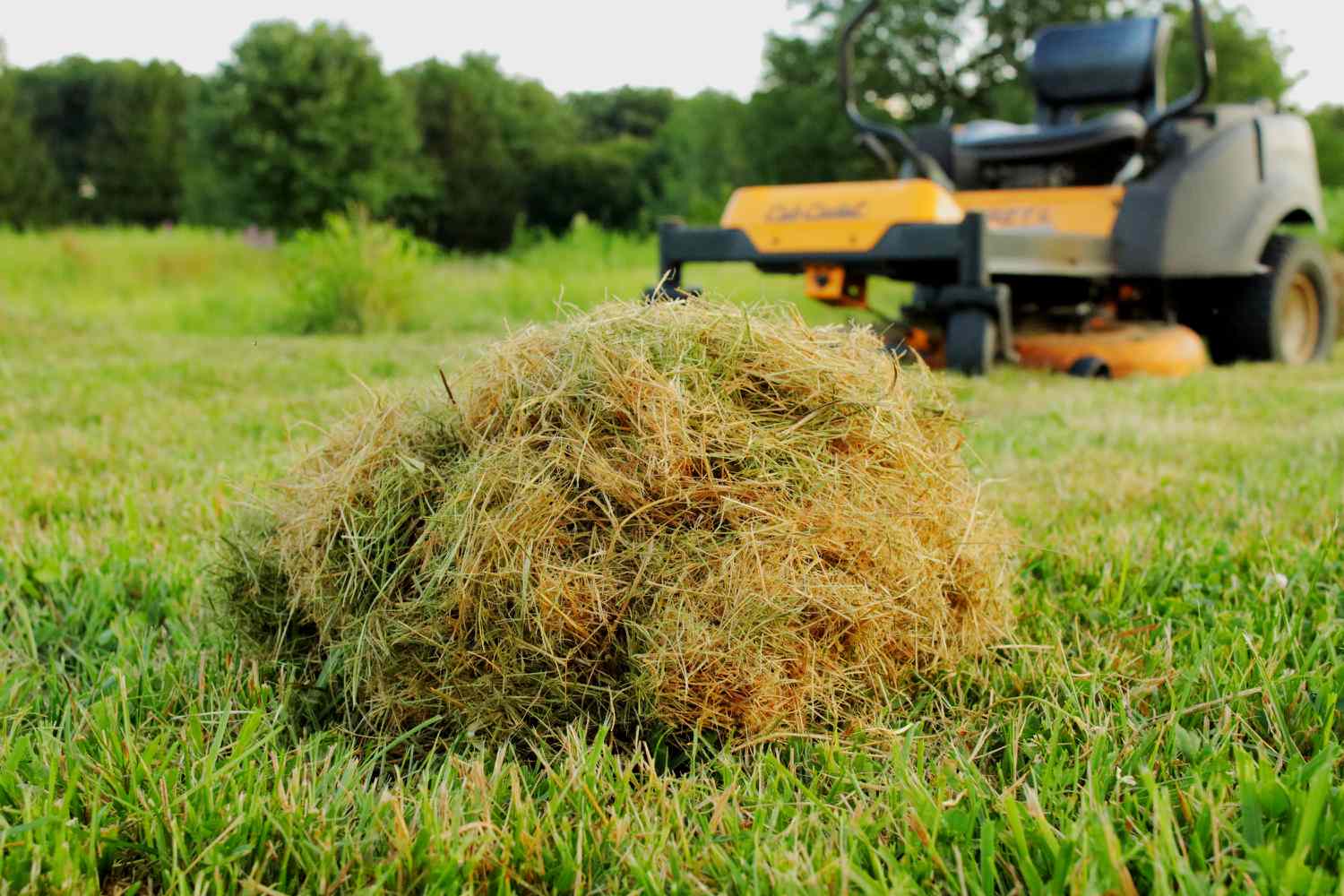
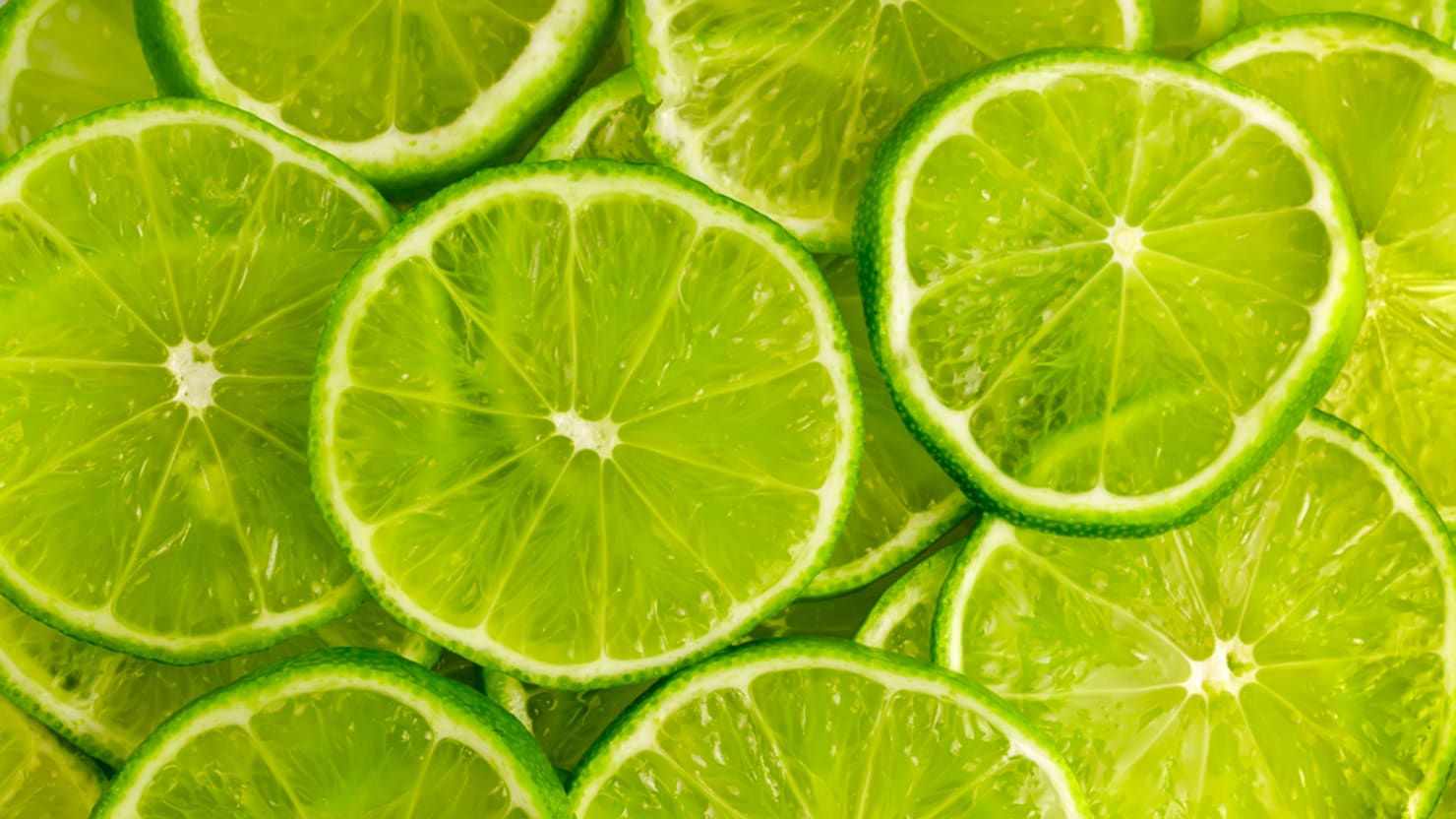
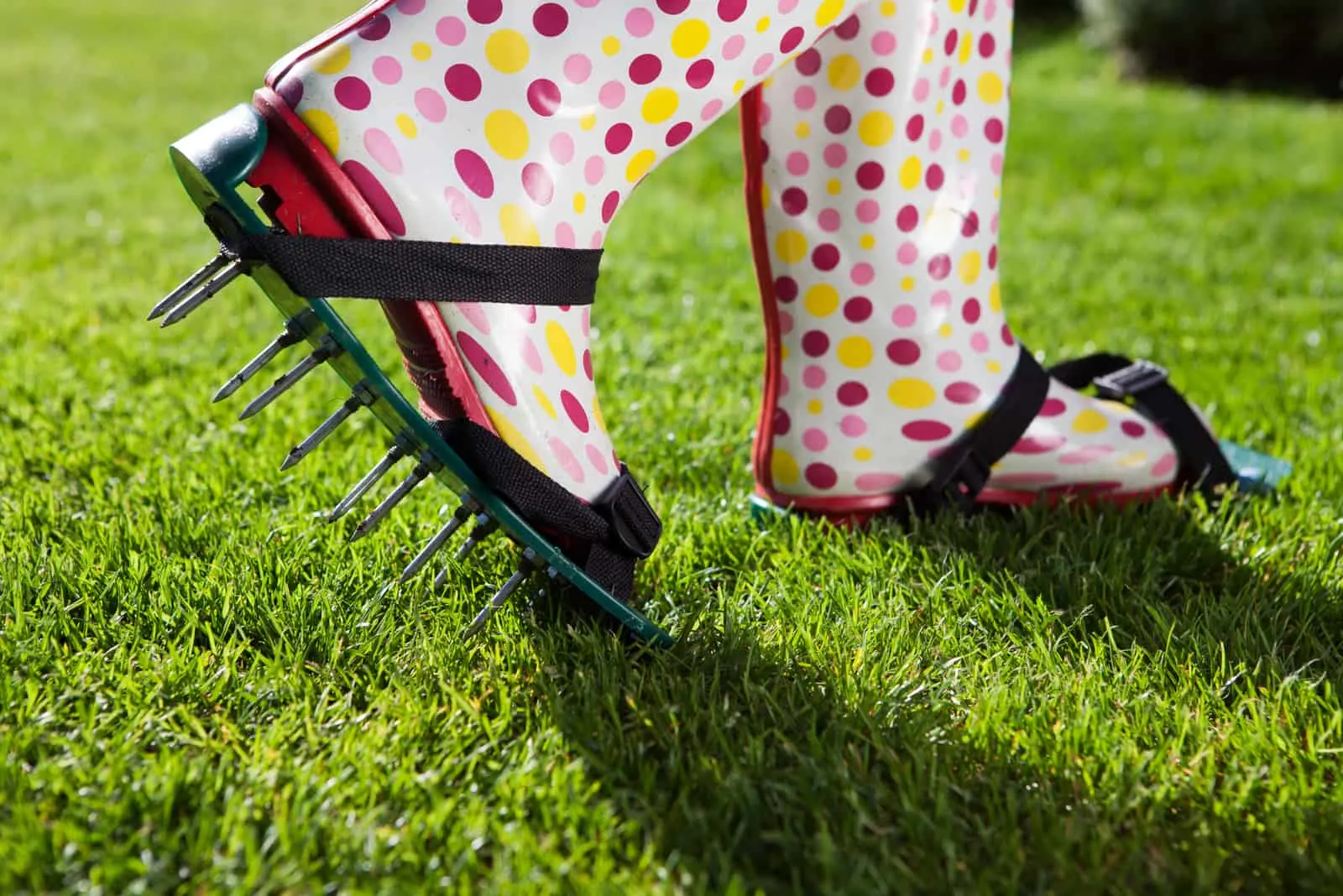
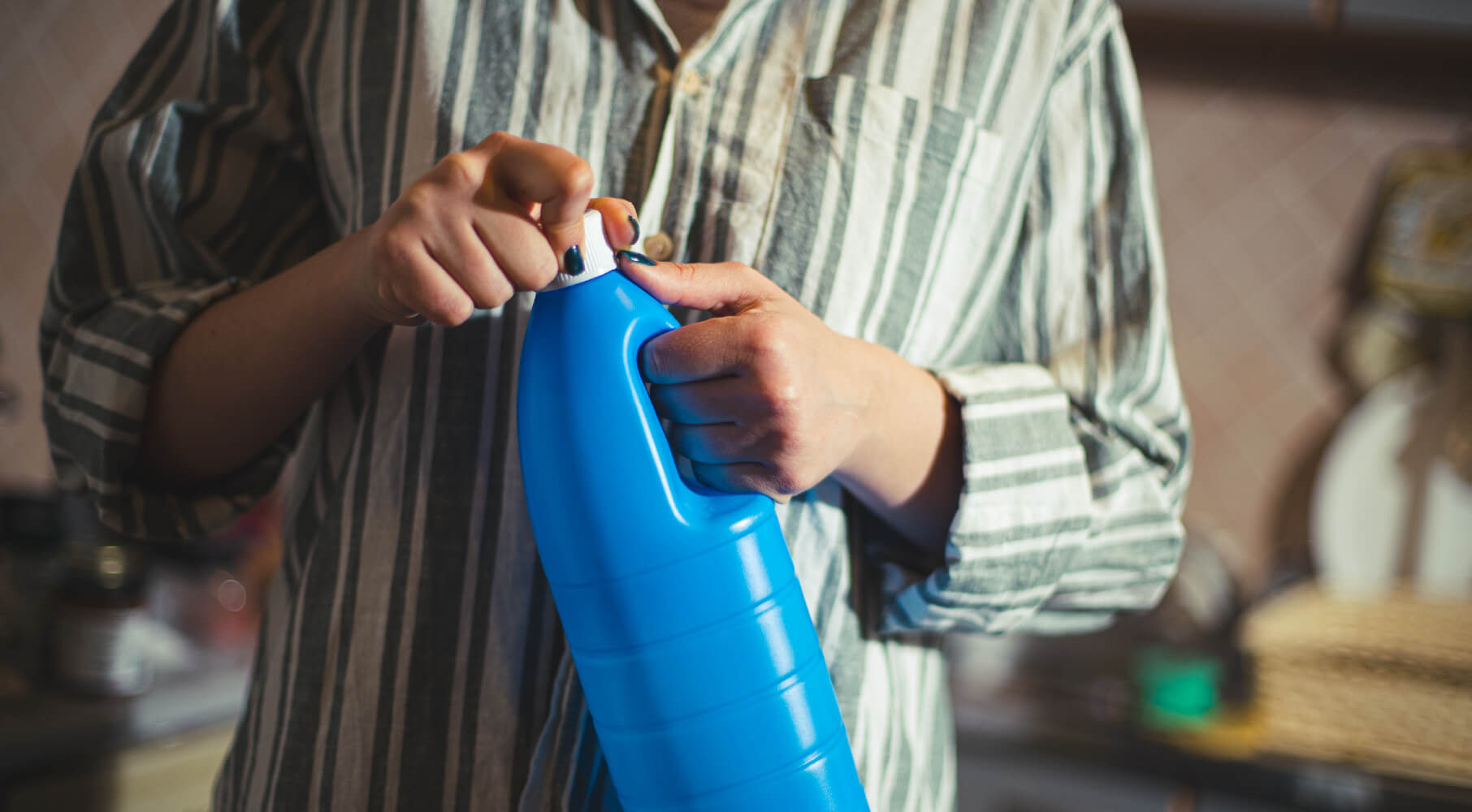
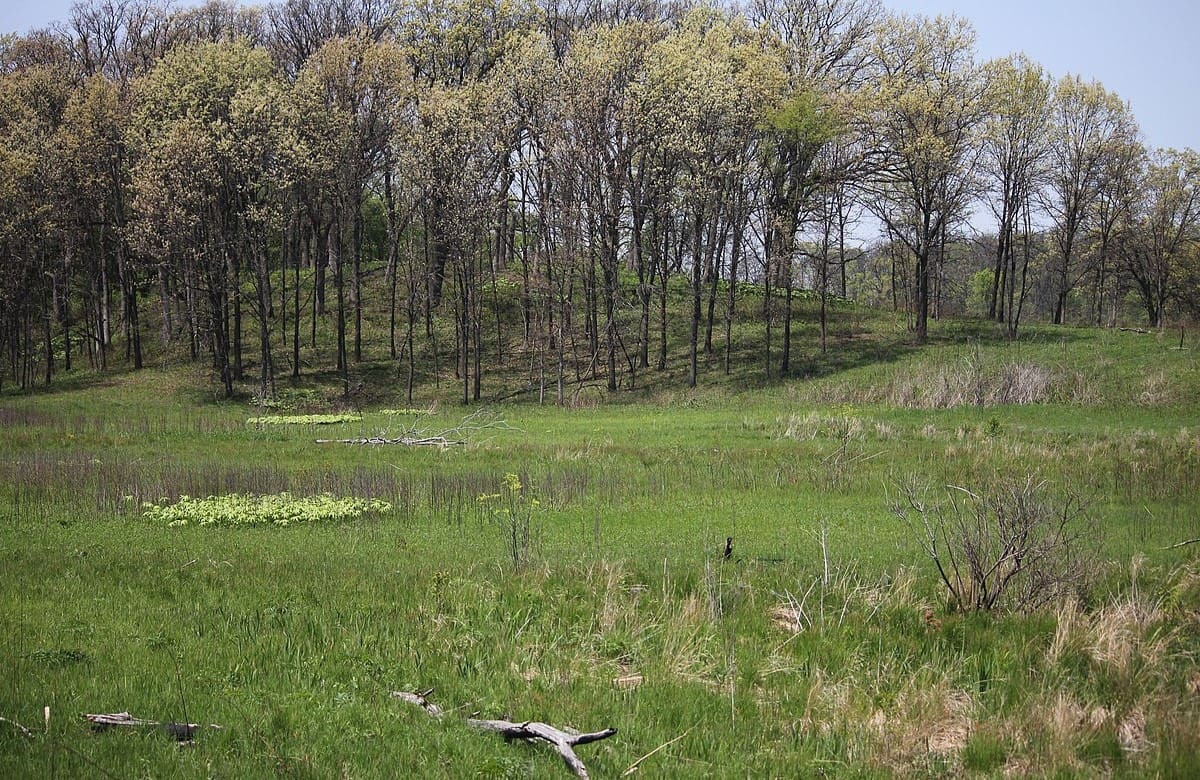
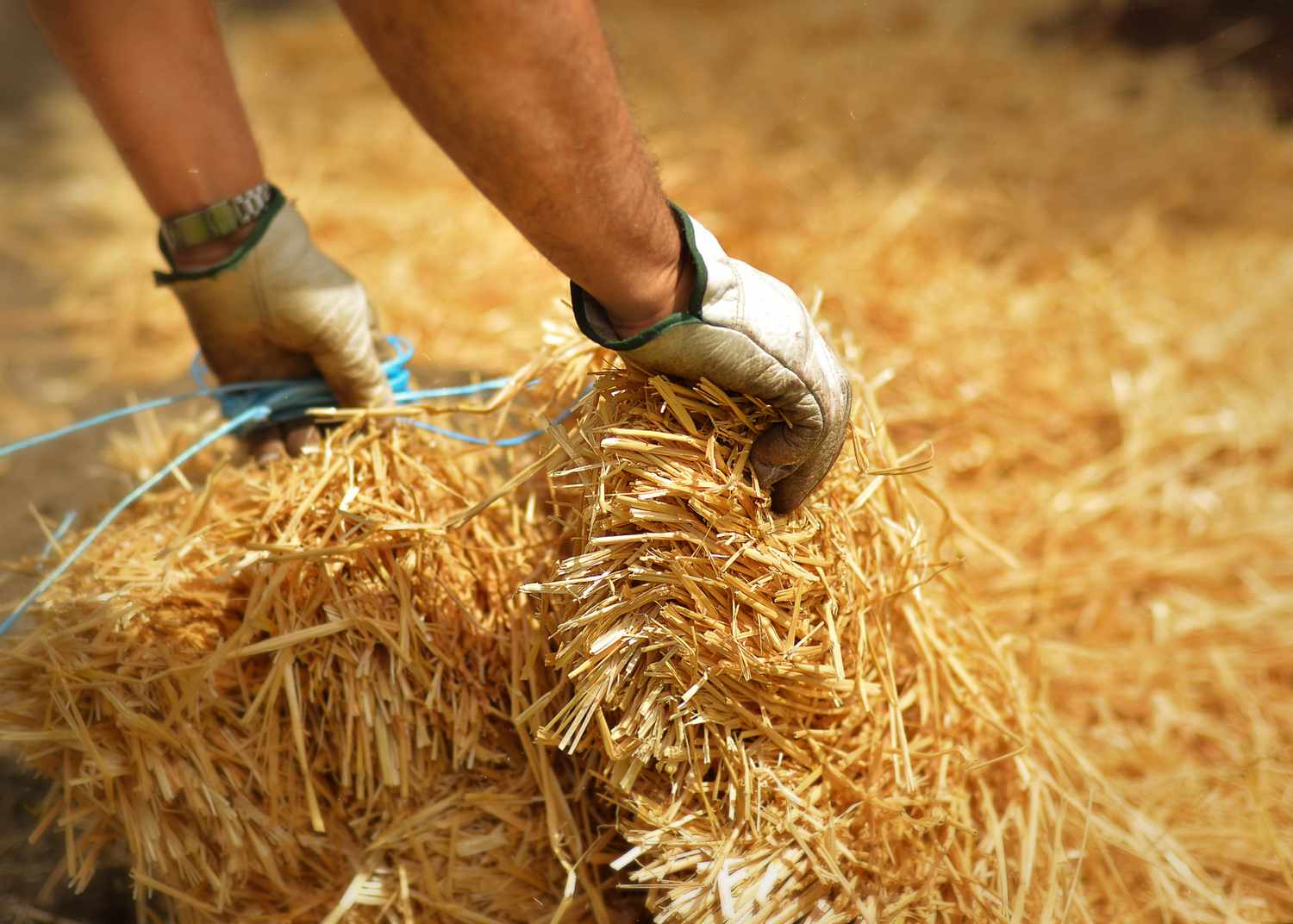
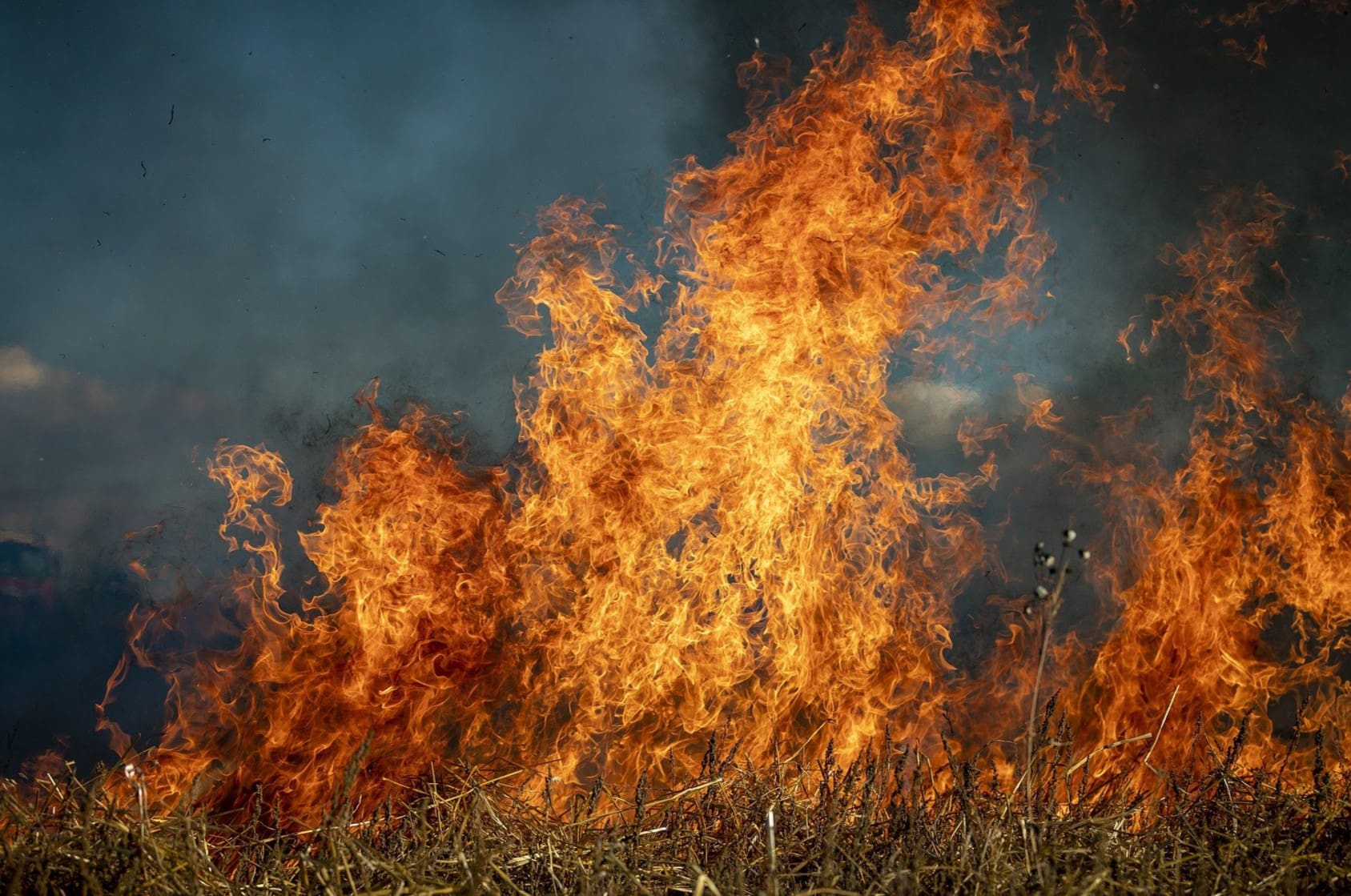
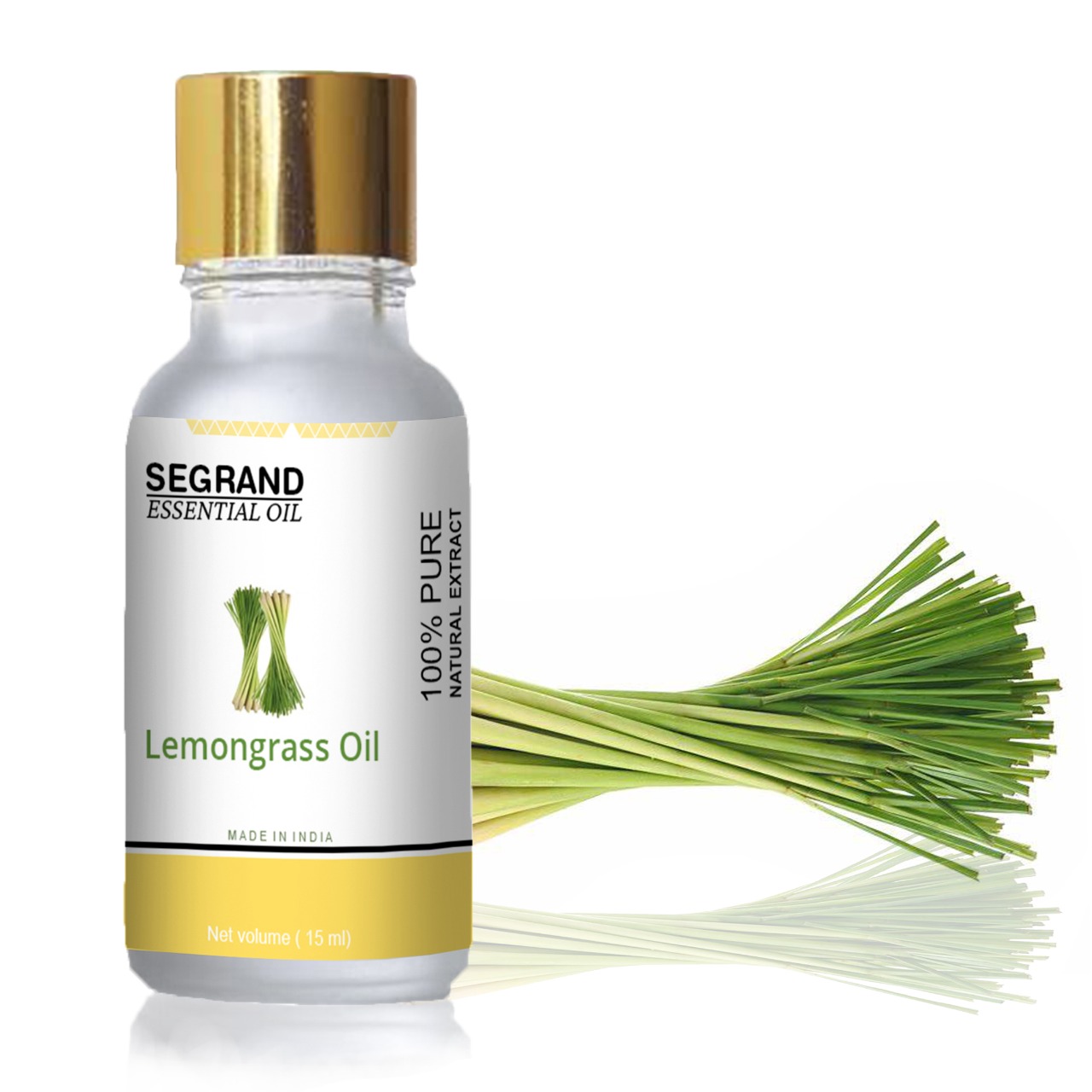
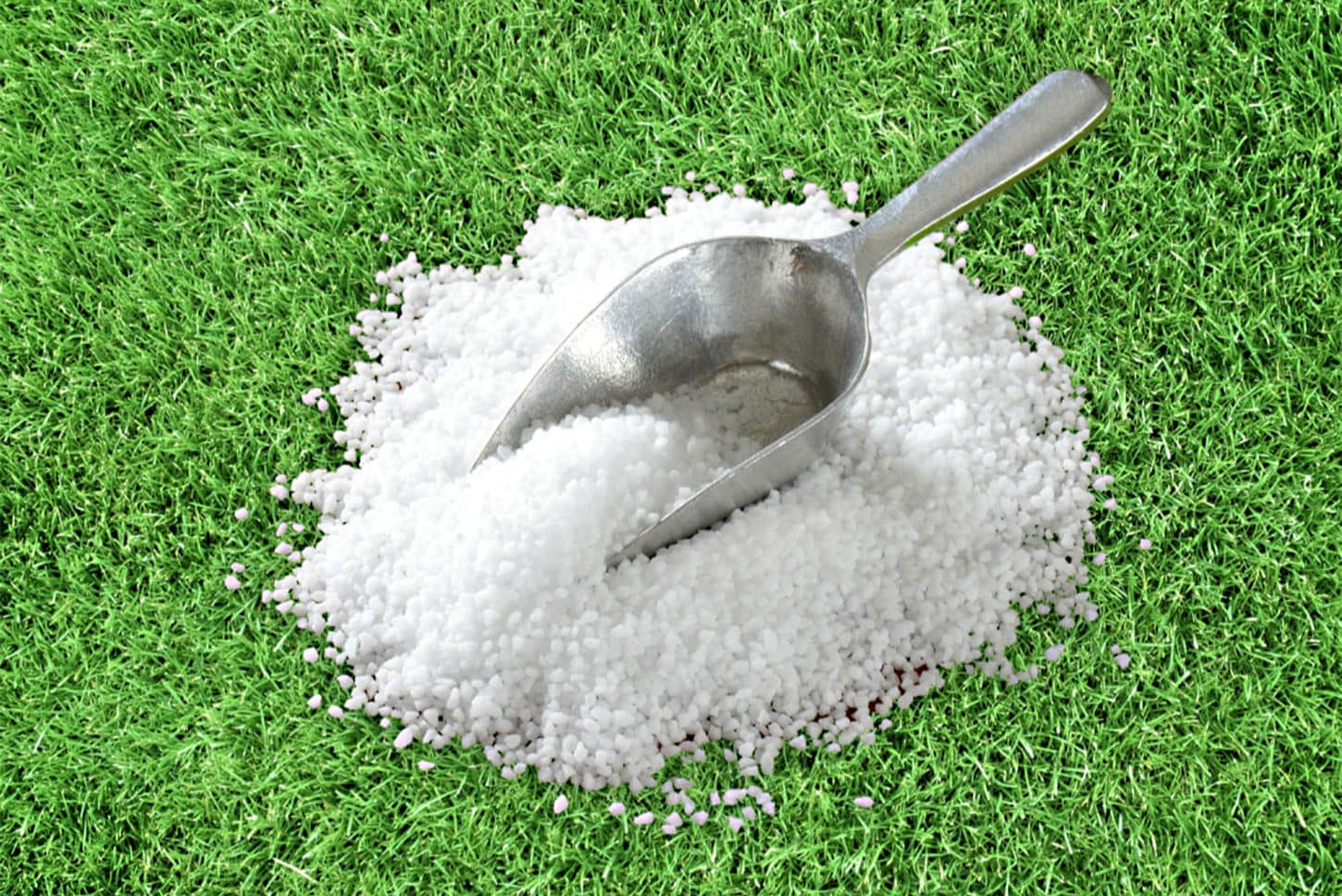
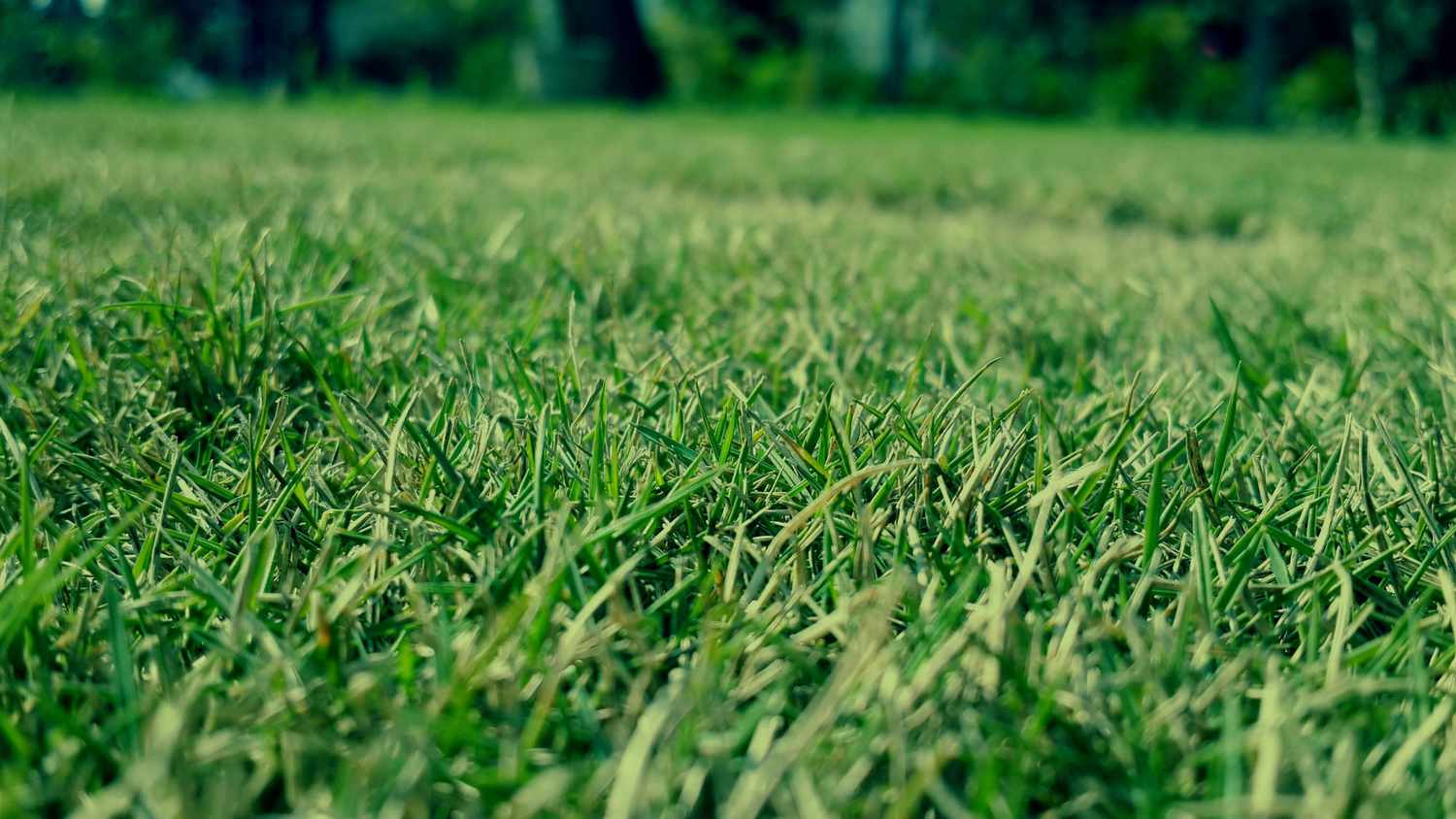

0 thoughts on “What Does Iron Do To Grass”